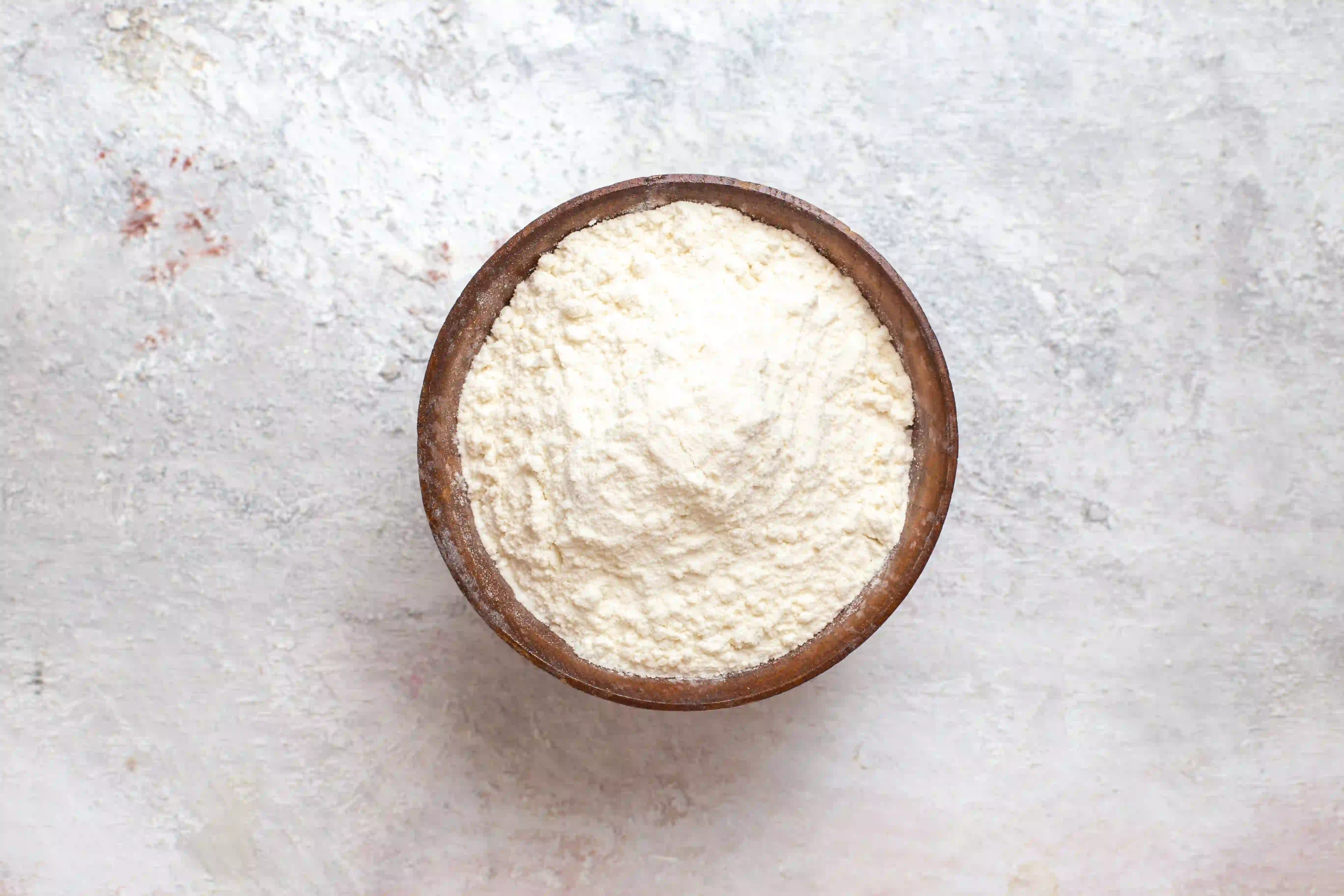
|
Origin |
: Thailand, India, Thailand, Cambodia, Indonesia |
|
Cas Number |
: 9057-07-2 |
|
HS Code |
: 1108.14.00 |
|
Appearance |
: White Powder |
|
Common Names |
: Cassava Starch |
|
Packaging |
: 25 Kg PP/PE Bags |
Food Grade
Starch is obtained naturally through extraction from the grain or root of cassava, a root vegetable. It is often commercially sold in the form of a dry powder, and its grade varies based on the application it uses. However, it is often used in the food industry due to the lack of certain properties needed in other industries.
Production of tapioca starch can be separated into three stages: preparation and extraction, purification, and water removal. In the preparation and extraction process, the cassava roots are washed and peeled, whereby the pulp is strained with added water. Subsequently, purification of the extracted starch is carried out using the process of sedimentation and centrifugation. The last stage involves the removal of water carried out through drying.
Tapioca starch is used to reduce manufacturing costs because of its efficiency as a thickener. It is also used to delay the melting of ice cream.
Tapioca starch is popular in the adhesive industry due to its appreciable binding capacity, high viscosity, and sticky properties when mixed with water or certain chemicals.
Tapioca starch is used in the threading process to reduce friction and fraying. It is also used to increase the flexibility of the thread generated.
In the paper industry, tapioca starch is used to increase the elasticity and concentration of the paper before the pulp is pressed into sheets.
If you have any questions about our products or if you'd like to request for quotation,
feel free to contact our team. We're ready to assist you with whatever you need!